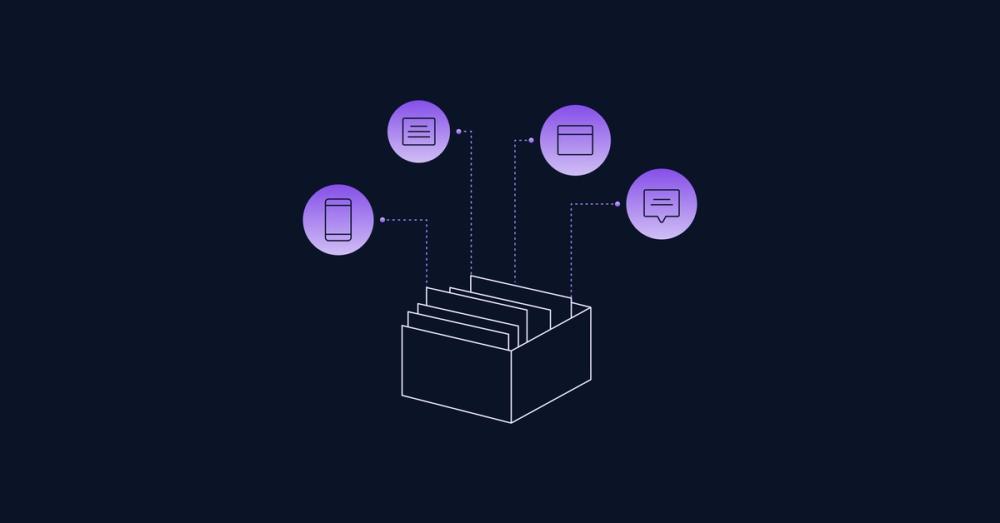- Web Applications
- Data Privacy & Compliance
Do I need to ask user's consent for that in my website? Questions from a web dev answered by lawyer

Today, I'm excited to share insights on a topic that's close to our hearts and critical to our work: privacy-first design.
In the realm of web development, we constantly juggle between creating seamless user experiences and safeguarding user privacy. The recent project I embarked on shed light on the importance of integrating privacy-conscious elements into web designs from the ground up. Let's unravel the magic behind privacy-first design and how it can transform the way we create and interact with websites.
The Journey to Privacy-First Design Link to this headline
Embarking on this project was akin to setting sail in uncharted waters. The goal was clear: ensure that every aspect of our web design respects and protects the user's privacy. Here's how we navigated through:
- Understanding User Consent: The cornerstone of privacy-first design is obtaining user consent in a transparent and user-friendly manner. We implemented a customizable consent management platform that elegantly informs users about their data being collected and offers them control over it.
- Selective Third-Party Integrations: Carefully selecting third-party services that align with our privacy standards was crucial. We meticulously evaluated each service to ensure they adhere to GDPR and other privacy regulations, minimizing the risk of data breaches or misuse.
- Designing with Privacy in Mind: From the layout to the content, every element was designed to enhance user privacy. This included creating intuitive privacy settings and clear, accessible information on how data is used and protected.
The Magic Behind the Screen Link to this headline
The true magic of privacy-first design lies in its ability to build trust with users. By prioritizing privacy, we not only comply with regulations but also demonstrate respect for the user’s personal information, fostering a stronger relationship with our audience.
Questions You Might Have Link to this headline
Q: Is privacy-first design only relevant for certain types of websites? A: Absolutely not! Privacy-first design is essential for all websites, regardless of their nature or size. In today’s digital age, every website collects some form of user data, making privacy a universal concern.
Q: Does implementing privacy-first design complicate the development process? A: While it does require a thoughtful approach and possibly more upfront work, the long-term benefits of user trust and regulatory compliance far outweigh the initial investment.
Q: Can small businesses and individual creators afford to implement privacy-first design? A: Yes, many tools and resources are available to help integrate privacy-first principles into any website affordably. Starting with a privacy-centric mindset from the outset can actually save time and resources in the long run.


